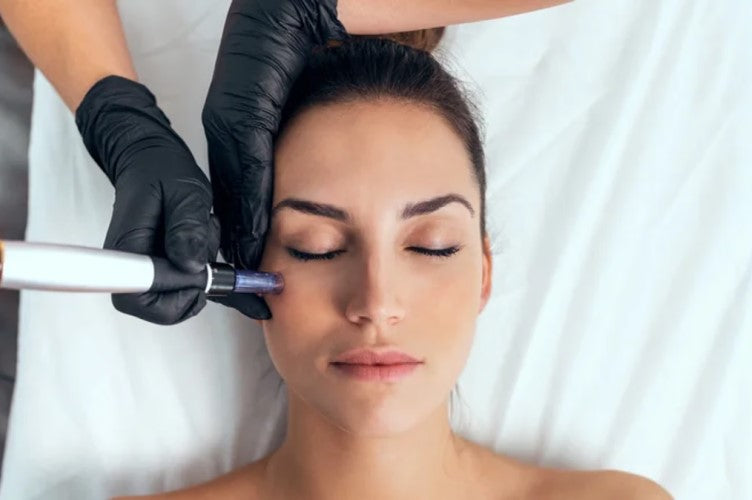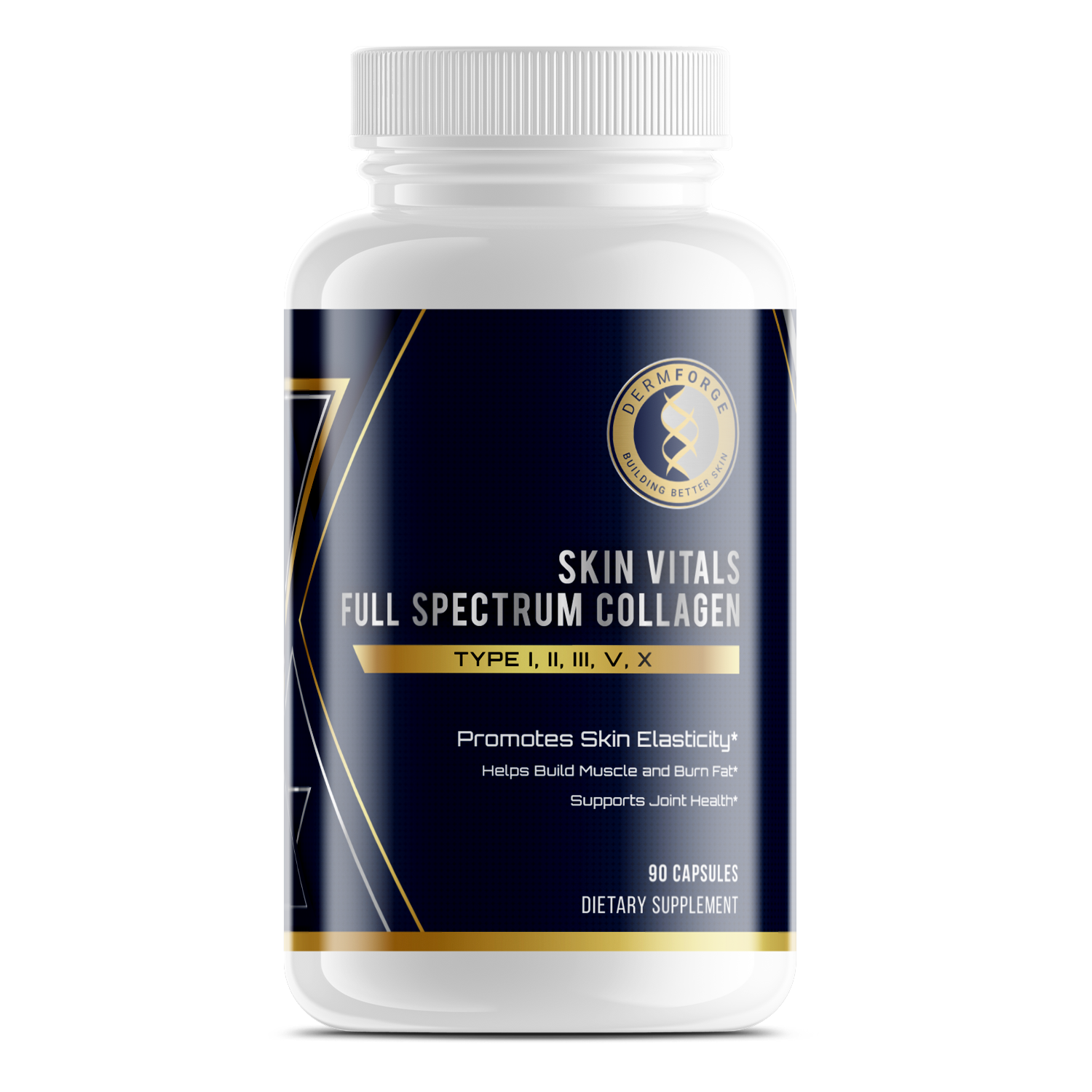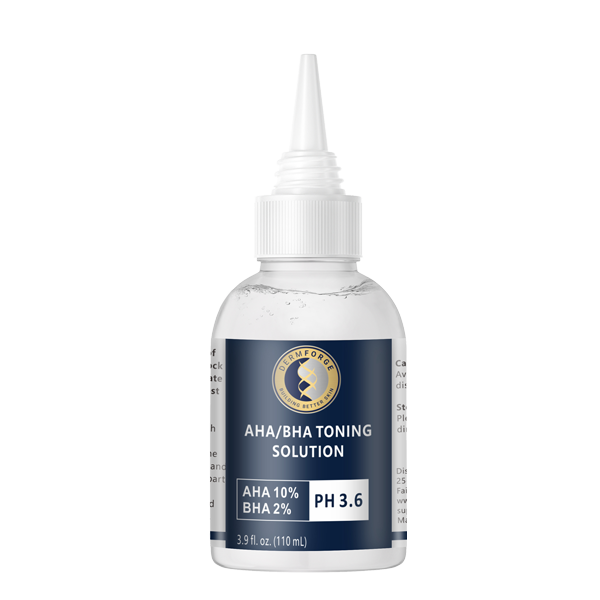fMicroneedling and retinol are powerful treatments for rejuvenating your skin but using them together requires careful planning. Timing plays a crucial role in maximizing their benefits while avoiding irritation or overstimulation. Additionally, understanding how these treatments work individually helps you combine them safely and effectively.
Microneedling promotes collagen production by creating tiny micro-injuries in your skin, while retinol eye cream accelerates cell turnover and reduces fine lines near eyes. However, these therapies can be intense if used too closely together. Proper microneedling and retinol timing allows your skin to heal and respond positively to both treatments.
By spacing treatments thoughtfully and tailoring them to your skin type, you can achieve healthier, more radiant skin. This guide will help you understand how to schedule and balance microneedling and retinol for optimal results. A well-planned routine ensures that your skin thrives without unnecessary risks.
Understanding Microneedling and Retinol
Microneedling and retinol are powerful tools for improving skin health and rejuvenation. Microneedling works by creating tiny, controlled injuries in your skin. These micro-injuries stimulate collagen production, improving texture, elasticity, and reducing the appearance of scars or wrinkles. Additionally, microneedling enhances the absorption of skincare products, amplifying their effects.
Retinol, on the other hand, is a form of vitamin A that promotes cell turnover and boosts collagen production. It helps reduce fine lines, hyperpigmentation, and acne by encouraging healthier, fresher skin to emerge. However, retinol can also cause dryness and sensitivity if used excessively or incorrectly.
When combining these two treatments, timing is critical to achieving optimal results. Microneedling and retinol timing must align with your skin’s recovery process to avoid irritation. Additionally, using these therapies correctly ensures they complement each other, enhancing their overall benefits. Understanding how they work individually helps you use them safely and effectively for smoother, more radiant skin.
The Role of Timing in Combining Treatments
Timing is essential when combining microneedling and retinol for optimal results and to avoid skin irritation. Spacing treatments allows your skin to recover and respond effectively. Using retinol too close to a microneedling session can increase sensitivity, causing redness or discomfort. Additionally, giving your skin time to heal ensures the treatments complement each other.
Before microneedling, pausing retinol use for several days reduces the risk of over-exfoliation. Retinol can thin the skin’s outer layer, making it more reactive. However, reintroducing retinol after the skin has healed can enhance cell turnover and maintain the benefits of microneedling. Following the proper sequence maximizes effectiveness while minimizing side effects.
Microneedling and retinol timing impacts not only your skin’s recovery but also the overall success of the treatments. Carefully planning when to use each therapy allows you to achieve smoother, healthier skin without unnecessary irritation. By prioritizing timing, you create a balanced routine that supports your skin’s long-term health and rejuvenation.
Pre-Microneedling Preparation with Retinol
Preparing your skin with retinol before a microneedling session requires thoughtful timing and a gentle approach. Retinol is excellent for boosting cell turnover and priming your skin. However, using it too close to microneedling can cause irritation. Pausing retinol use at least three to five days before microneedling allows your skin to recover and reduces sensitivity.
In the weeks leading up to your session, incorporate retinol into your routine gradually. Start with a low-strength retinol and apply it every other night. This helps your skin adjust without becoming overly reactive. Additionally, combine retinol with soothing ingredients like hyaluronic acid or ceramides to maintain hydration and support your skin barrier.
Microneedling and retinol timing play a critical role in avoiding unnecessary discomfort. Overusing retinol too soon before microneedling can lead to redness or peeling. By giving your skin time to acclimate and heal, you create the perfect environment for microneedling to work effectively. Thoughtful preparation ensures your skin responds well to the treatment, maximizing benefits while minimizing risks.
Post-Microneedling Recovery and Retinol
After microneedling, reintroducing retinol requires careful timing to avoid over-exfoliation and support your skin’s recovery. Retinol can be too harsh if used too soon, as your skin needs time to heal. Wait at least four to seven days before incorporating retinol back into your routine. However, always assess your skin’s condition first to avoid irritation.
During the initial recovery phase, focus on hydration and soothing your skin. Use topical skincare products with calming ingredients like aloe vera, hyaluronic acid, or ceramides. Additionally, avoid harsh exfoliants or active ingredients, as your skin will be more sensitive after microneedling. Once your skin feels less tender, you can gradually reintroduce retinol, starting with a low-strength formulation.
Microneedling and retinol timing is key to achieving the best results while protecting your skin. By allowing your skin adequate time to heal, you enhance the benefits of both treatments. Thoughtful reintroduction of retinol supports cell turnover and helps maintain the collagen-boosting effects of microneedling. This approach ensures a balanced routine that promotes healthier, rejuvenated skin.
Customizing the Schedule for Skin Type and Sensitivity
Customizing your schedule for microneedling and retinol timing is essential to address your unique skin type and sensitivity. Oily or acne-prone skin may tolerate more frequent retinol use and closer microneedling sessions. However, sensitive or dry skin requires a gentler approach to prevent irritation. Adjusting the timing helps ensure treatments enhance, rather than overwhelm, your skin.
For sensitive skin, start with a low-strength retinol applied only once or twice a week. Gradually increase frequency if your skin responds well. Additionally, extend the recovery period between microneedling sessions to allow your skin ample time to heal. Balancing these treatments minimizes the risk of redness or peeling while maintaining their effectiveness.
Microneedling and retinol timing also depends on the strength of the retinol product you use. Stronger formulations may require longer breaks before and after microneedling. However, milder retinol products can be reintroduced sooner, provided your skin has healed. Observing your skin’s response helps you tailor a routine that works for you.
By customizing the timing and intensity of these treatments, you can achieve optimal results without compromising skin health. A balanced schedule supports your skin’s natural renewal process, ensuring both microneedling and retinol deliver their full benefits. Thoughtful adjustments based on your skin type create a routine that enhances your complexion over time.
Professional Guidance and At-Home Care
Seeking professional guidance is important when combining microneedling and retinol to achieve safe and effective results. A dermatologist can assess your skin type and recommend personalized timing for these treatments. Additionally, they can suggest the right product strengths and treatment frequencies to match your goals. Professional input helps you avoid over-exfoliation or irritation while maximizing the benefits of each therapy.
For at-home care, follow a gentle routine that supports your skin’s recovery and maintains results between treatments. After microneedling, focus on hydration and soothing products with ingredients like hyaluronic acid and ceramides. Gradually reintroduce retinol, starting with a low-strength product and monitoring your skin’s response. Additionally, always use sunscreen, as both treatments increase your skin’s sensitivity to UV rays.
Microneedling and retinol timing is key to balancing professional treatments and at-home maintenance. Thoughtful scheduling helps you create a routine that promotes long-term skin health. Consulting a dermatologist ensures your approach is tailored to your needs, while consistent at-home care supports the progress made during treatments. Together, these strategies help you achieve smoother, healthier skin safely and effectively.
Conclusion
Proper microneedling and retinol timing is essential for achieving smoother, healthier skin while minimizing the risk of irritation. Spacing these treatments thoughtfully allows your skin to recover and enhances the benefits of both. Additionally, adjusting timing based on your skin type and sensitivity ensures a safe and effective routine.
Whether preparing your skin with retinol face cream before microneedling or reintroducing it during recovery, timing makes all the difference. However, focusing on hydration and gentle care between treatments helps maintain your skin’s balance. Consulting a professional can provide guidance tailored to your needs, ensuring the best results.
By prioritizing microneedling and retinol timing, you can create a skincare routine that supports long-term health and rejuvenation. A balanced approach enhances effectiveness and promotes glowing, radiant skin without unnecessary risks. Thoughtful planning empowers you to enjoy the full benefits of these powerful treatments.






